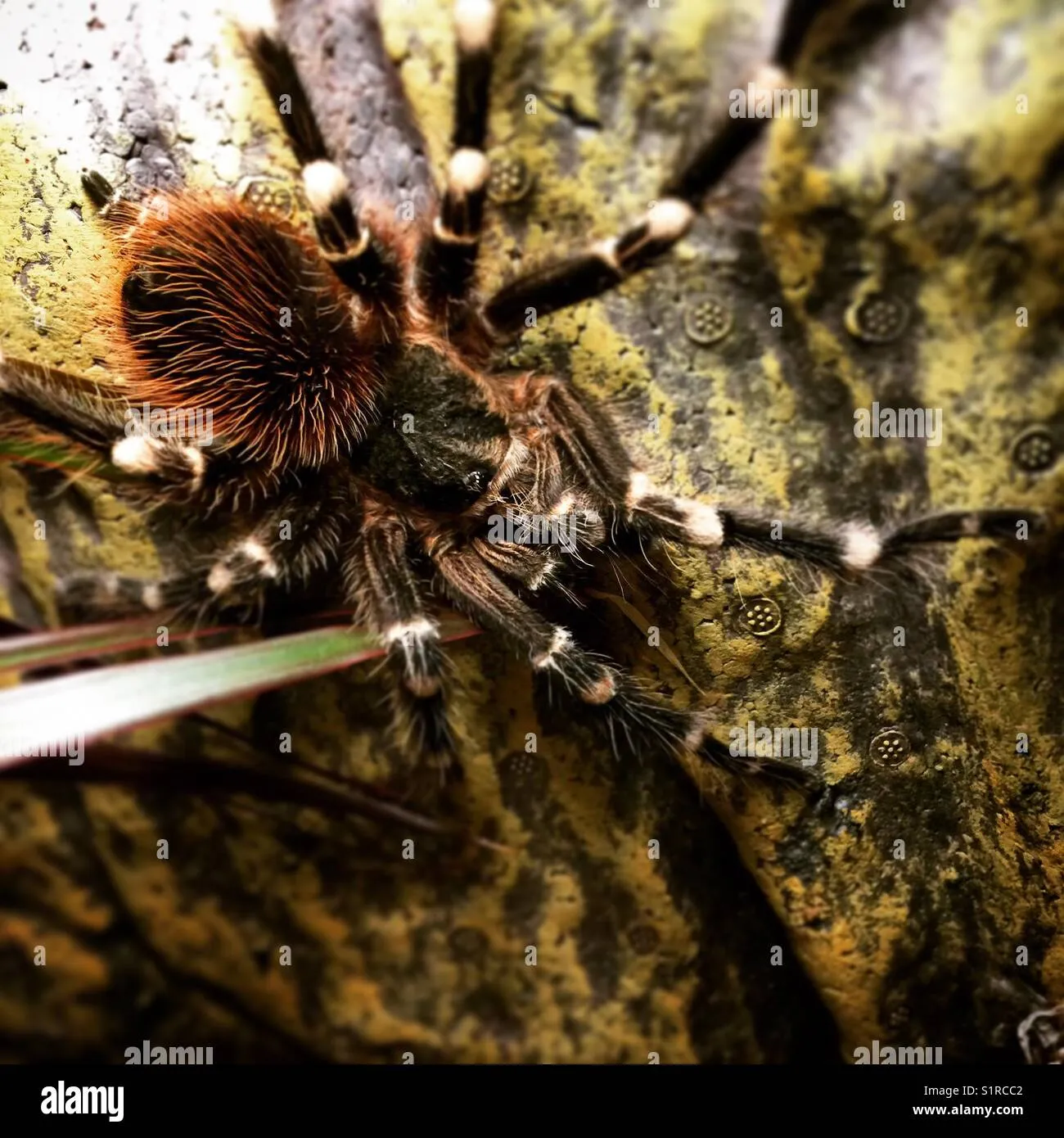The world of tarantula ownership can be incredibly rewarding, offering a unique pet experience unlike any other. These fascinating arachnids, with their diverse colors, sizes, and behaviors, have gained popularity as pets. This comprehensive guide provides a complete overview of tarantula care, from choosing the right species to ensuring their long-term health and happiness. Whether you’re a seasoned reptile enthusiast or a curious beginner, this guide will equip you with the knowledge to become a successful and responsible tarantula owner. Get ready to delve into the captivating world of tarantulas and discover the joys of keeping these amazing creatures.
Choosing Your Tarantula Pet
Selecting the right tarantula species is the first crucial step in becoming a tarantula owner. Not all tarantulas are created equal in terms of temperament, care requirements, and suitability for beginners. Researching different species is essential to find one that aligns with your experience level and lifestyle. Consider factors like size, venom potency, and aggression levels when making your decision. By choosing wisely, you can ensure a positive experience for both you and your new pet. Starting with a less demanding species allows you to learn the fundamentals of tarantula care before progressing to more challenging varieties.
Understanding Tarantula Species
Tarantulas belong to the Theraphosidae family, encompassing hundreds of different species. These spiders are broadly categorized based on their origin, size, coloration, and temperament. Some popular species include the Chilean Rose Hair, known for its docile nature, and the vibrant Pinktoe Tarantula, famous for its arboreal lifestyle. Each species exhibits unique characteristics, influencing their care needs. Understanding these differences is critical to providing appropriate care. Some tarantulas are terrestrial, dwelling on the ground, while others are arboreal, preferring to live in trees or elevated environments. Learning about these different lifestyles informs your approach to creating a proper habitat.
Beginner-Friendly Tarantula Species
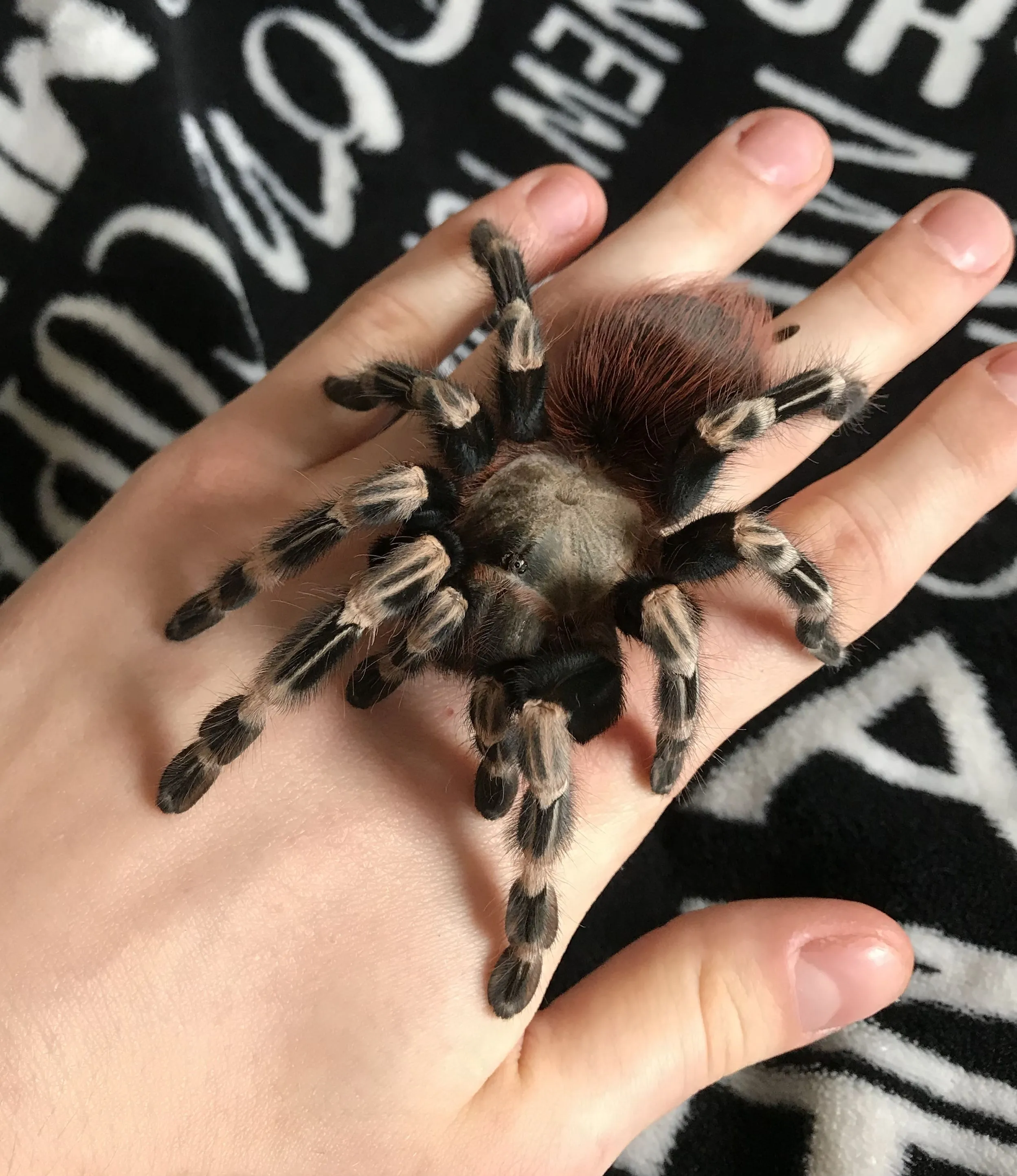
For those new to tarantula ownership, certain species are recommended for their manageable temperaments and relatively simple care requirements. The Chilean Rose Hair (Grammostola rosea) is a classic choice, renowned for its docile nature and tolerance. The Mexican Red Knee (Brachypelma hamorii) is another excellent option, known for its striking appearance and generally calm demeanor. These species are typically slower-moving and less prone to defensive behaviors, making them easier to handle and observe. Researching these species and understanding their specific needs is crucial to ensuring their well-being. Starting with these species provides a solid foundation for the more advanced care of other tarantula varieties.
Factors to Consider Before Choosing
Before bringing a tarantula home, carefully consider several factors. Assess your experience level and available time for providing care. Research the specific needs of the species you’re interested in, including habitat requirements, feeding habits, and temperament. Consider your living situation, as some species require larger enclosures than others. Think about potential allergies or phobias that might affect your ability to care for the spider. Ensure you have access to a reliable source of live insects for feeding. By addressing these points, you’ll be better equipped to make an informed decision and provide your tarantula with a suitable environment.
Setting Up Your Tarantula Habitat
Creating a proper habitat is essential for a tarantula’s health and well-being. The enclosure should mimic the spider’s natural environment, providing security, comfort, and opportunities for natural behaviors. The right setup involves choosing the appropriate enclosure size, substrate, and environmental controls, such as temperature and humidity. Neglecting these critical elements can lead to stress, health problems, and a shortened lifespan for your tarantula. Providing a suitable habitat is the cornerstone of successful tarantula ownership. The setup should be aesthetically pleasing and, most importantly, functional for the spider’s needs.
The Right Enclosure Size
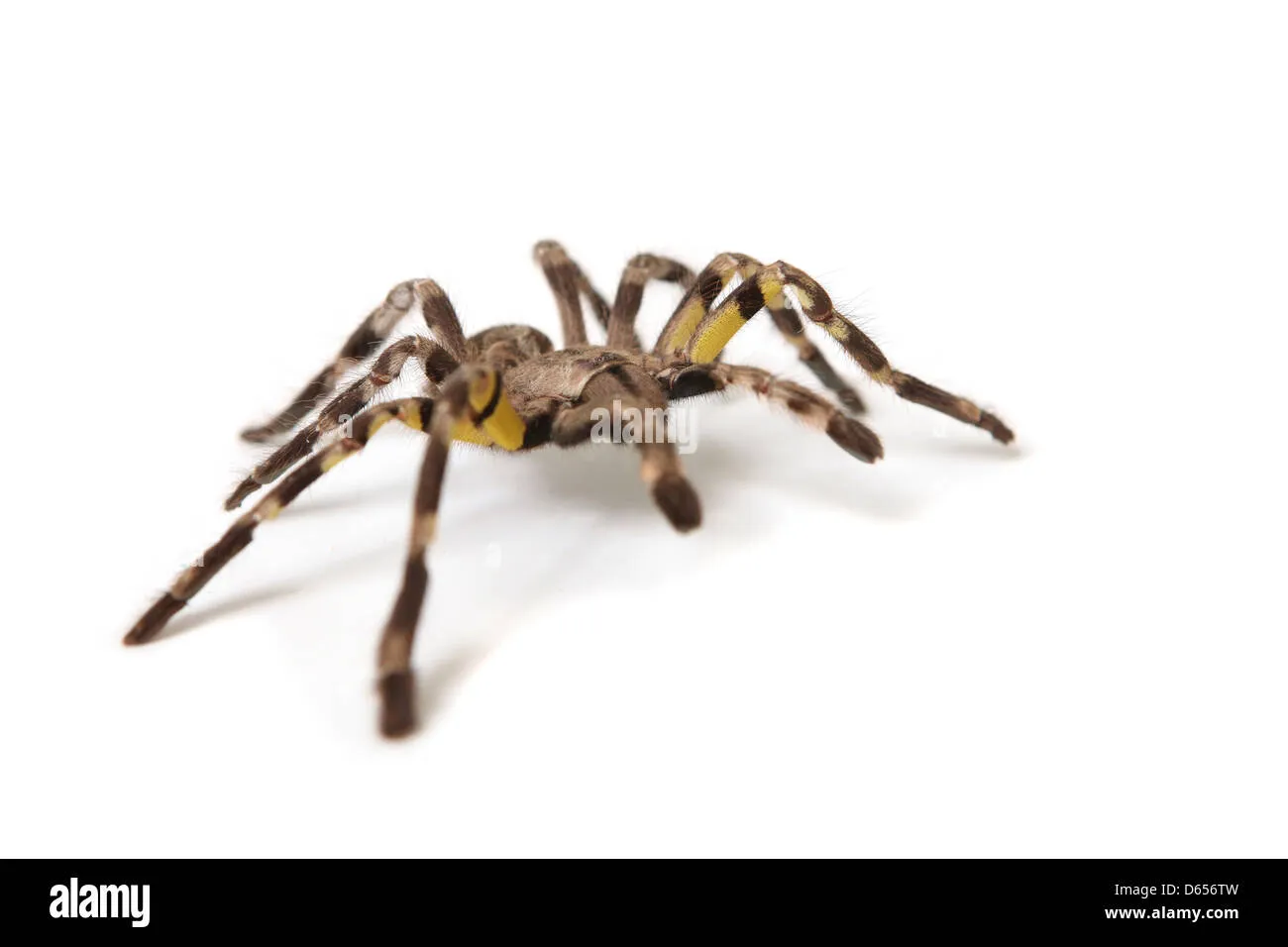
The size of the enclosure should correspond to the tarantula’s size and species. A general rule is to provide an enclosure that is at least twice the spider’s leg span in width. Terrestrial species often thrive in wider enclosures, while arboreal species benefit from taller ones. Avoid overly large enclosures for smaller tarantulas, as this can make it difficult for them to find food and feel secure. Ensure the enclosure has a secure lid to prevent escapes. Ventilation is also key, but it should not create excessive drafts. Consider the adult size of the tarantula when choosing an enclosure to ensure the long-term comfort of your pet.
Substrate Selection
The substrate is the material that lines the bottom of the enclosure and serves multiple purposes. It provides a surface for the tarantula to walk on, helps regulate humidity, and allows them to burrow. Suitable substrates include a mix of peat moss, coconut fiber, and vermiculite. These materials retain moisture, creating a humid environment. Avoid using substrates that are toxic or can harbor mites. The depth of the substrate is important. Terrestrial species require deeper substrate for burrowing, while arboreal species may need less. Regularly monitor the substrate and replace it when it becomes soiled or degrades.
Temperature and Humidity Control
Tarantulas are ectothermic, meaning they rely on external heat sources to regulate their body temperature. Maintaining appropriate temperatures and humidity levels is crucial for their health. The ideal temperature range for most tarantulas is between 75-85°F (24-29°C). Use a heat lamp or under-tank heater to maintain this temperature. Humidity requirements vary depending on the species, but most tarantulas thrive in humidity levels between 60-70%. Monitor humidity using a hygrometer. Mist the enclosure with water to increase humidity. Proper ventilation is also necessary to prevent the build-up of mold and bacteria, but it should not reduce humidity excessively. Temperature and humidity control are critical to mimic their natural environment and ensure their well-being.
Feeding Your Tarantula
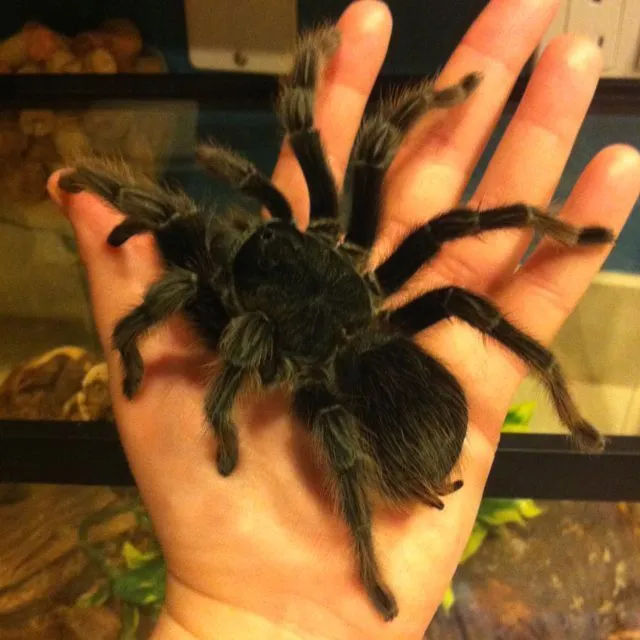
Feeding is a fundamental aspect of tarantula care. Proper nutrition is essential for growth, molting, and overall health. Tarantulas are opportunistic predators, and their dietary needs vary depending on their species and age. Understanding their feeding habits, providing the right food, and ensuring proper hydration are essential for a healthy and thriving tarantula. Overfeeding and underfeeding can both be detrimental to their health. Therefore, creating a consistent feeding schedule that considers the size and life stage of the spider is very important.
What Tarantulas Eat
The primary food source for tarantulas is live insects. Crickets, mealworms, and roaches are commonly used. The choice of food depends on the size and age of your tarantula. Offer food items that are appropriately sized, ensuring they are not larger than the tarantula’s body. You can supplement the diet with occasional treats like waxworms or small vertebrates, like pinky mice, for larger species. Always ensure that the insects you feed are gut-loaded. This involves feeding the insects a nutritious diet before offering them to your tarantula, which increases the nutritional value for your pet. The insects should be free from pesticides and harmful chemicals.
Feeding Frequency and Amount
Feeding frequency and the amount of food depend on the tarantula’s age and growth stage. Spiderlings, young tarantulas, need to be fed more frequently, typically every few days. As they grow, the feeding frequency can be reduced to once or twice a week for adults. Observe your tarantula’s feeding habits. If it consistently refuses food, it could be a sign that it is about to molt or that it is overfed. Remove uneaten food within 24 hours to prevent the growth of mold and bacteria in the enclosure. Overfeeding can lead to obesity and other health problems, while underfeeding can stunt their growth. Careful observation of your pet is essential to strike the right balance.
Watering and Hydration
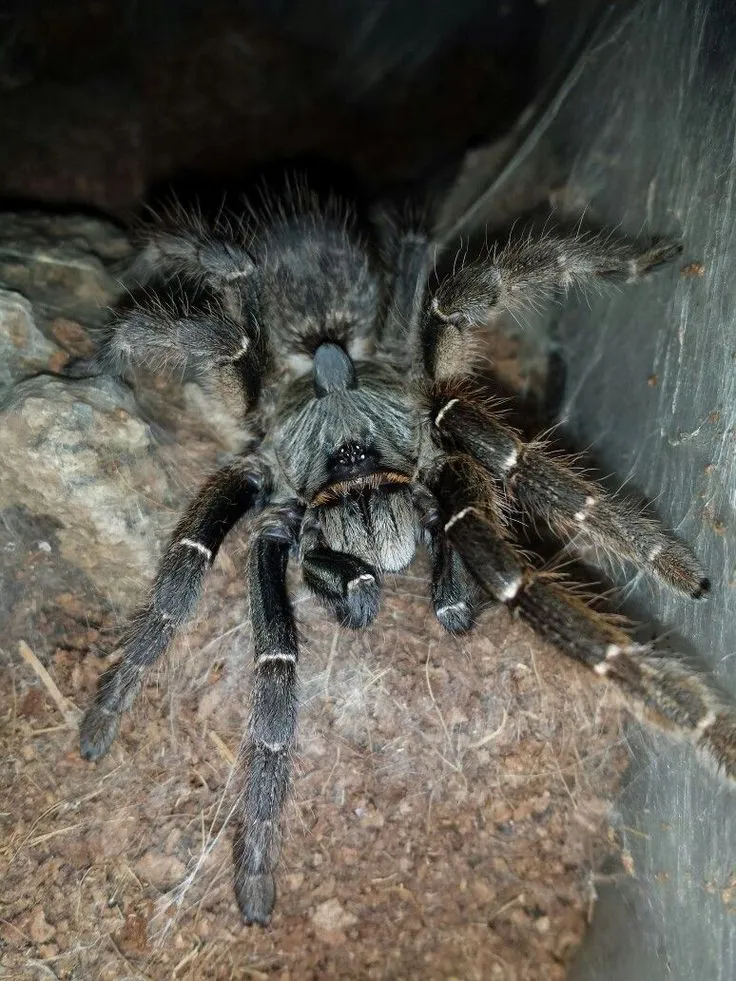
Tarantulas need access to fresh water to stay hydrated. Provide a shallow water dish in the enclosure, and regularly refill it with clean water. For smaller spiderlings, use a bottle cap with water or a water-filled cotton ball. Misting the enclosure is also beneficial, especially for species that require higher humidity. The frequency of misting will depend on the species’ needs and the ambient humidity. Always ensure the water source is clean and free from any contaminants. Dehydration can be fatal for tarantulas, so providing access to fresh water at all times is critical. Regularly check the water dish to ensure it is clean and properly filled.
Tarantula Handling and Safety
Handling tarantulas should be approached with caution and respect. While some species are more docile than others, all tarantulas are capable of biting or flicking urticating hairs as a defense mechanism. Proper handling techniques and a thorough understanding of their behavior are essential to avoid injury. Before attempting to handle your tarantula, assess its temperament and ensure it is not stressed or agitated. Always prioritize your safety and the well-being of the spider. If in doubt, it is best not to handle them. A tarantula may be stressed by being handled, even if it does not seem aggressive. By taking necessary precautions, you can minimize risks.
Safe Handling Practices
If you choose to handle your tarantula, do so carefully and gently. Never force it to move. Encourage it to walk onto your hand or a flat surface. Avoid making sudden movements that might startle the spider. Handle the tarantula close to the ground or a soft surface, in case it falls. Always wash your hands before and after handling. Avoid touching your eyes, nose, or mouth after handling your tarantula, as they can flick urticating hairs. Use a soft brush to remove any hairs that might have landed on your skin. Some tarantulas are more defensive than others, so researching your particular species is very important. Some people prefer to handle their tarantulas, while others choose not to.
Recognizing Signs of Stress
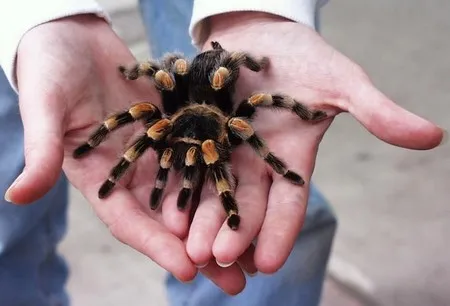
Recognizing signs of stress in tarantulas is vital to their well-being. A stressed tarantula may exhibit defensive behaviors, such as raising its front legs, presenting its fangs, or flicking urticating hairs. Other signs include rapid movements, hiding, or refusing food. If your tarantula displays these behaviors, it’s best to leave it undisturbed and allow it to calm down. Providing a secure and comfortable environment can help minimize stress. Avoid handling your tarantula during molting, as they are particularly vulnerable during this time. Understanding your pet’s behavior helps in avoiding unnecessary interactions and promotes a stress-free life for your tarantula.
Tarantula Health and Common Issues
Maintaining the health of your tarantula involves providing a proper environment, a balanced diet, and regular monitoring. While tarantulas are generally hardy, they can still be susceptible to various health issues. Recognizing potential problems early and taking appropriate action is critical for ensuring a long and healthy life for your pet. Regular observation of your tarantula and its behavior can help identify potential health issues. Many health issues arise from poor husbandry, so a well-maintained habitat is paramount to preventing problems.
Identifying Health Problems
Common health problems in tarantulas include injuries, parasites, and infections. Look for signs like lethargy, loss of appetite, unusual postures, or discoloration. Examine the tarantula’s body for any injuries or abnormalities. Mites are a common issue, often appearing as small, moving specks on the spider. If you suspect your tarantula has a health problem, consult with a veterinarian experienced in exotic animals. Do not attempt to self-treat your tarantula without proper knowledge, as this could worsen the situation. Proper care includes maintaining a clean and appropriate habitat and providing a healthy diet to reduce the risk of disease. Early detection and intervention are very important.
Molting Process
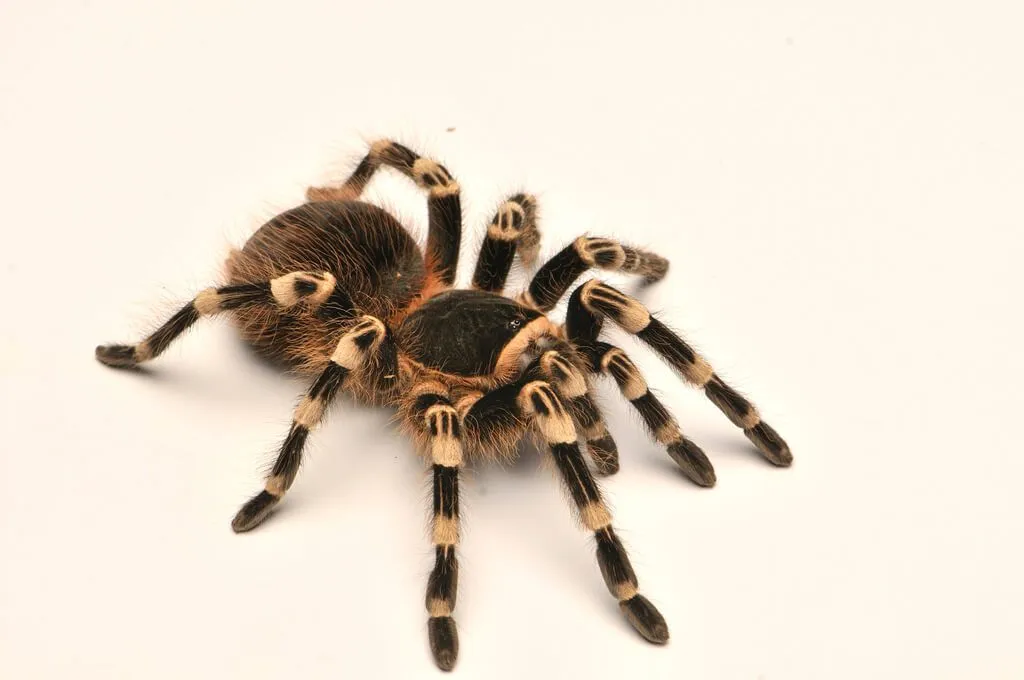
Molting is a natural process where tarantulas shed their exoskeletons to grow. During this time, the tarantula is vulnerable and should be left undisturbed. Signs that your tarantula is about to molt include loss of appetite, a change in color, and lethargy. The tarantula may also flip onto its back during the molting process. Avoid handling or disturbing it during this vulnerable period. Provide a humid environment to help the tarantula with the molting process. After molting, the tarantula’s new exoskeleton will be soft and fragile, so avoid feeding it for a few days. Molting can be a stressful process for the tarantula, and it is important to minimize any potential stress.
Tarantula Lifespan and Care
Tarantulas can live for many years, with some species living for over 20 years. Proper care and attention are essential for maximizing their lifespan. Understanding their long-term care requirements is crucial for providing a good life for your pet. This involves maintaining a consistent and appropriate environment, providing a balanced diet, and regularly monitoring their health. Lifespan varies significantly among species, so research the specific lifespan of the tarantula you choose to keep. The long-term commitment of owning a tarantula is something to consider before bringing one home. With proper care, these amazing creatures can provide years of fascination and enjoyment.
Providing Enrichment
While tarantulas are not highly interactive pets, providing enrichment can enhance their quality of life. Include various elements in their enclosure to stimulate their natural behaviors. Add hides, such as cork bark or artificial plants, to provide security and hiding places. Offer different substrate materials to encourage burrowing. Vary the feeding locations to stimulate foraging behavior. By providing a stimulating environment, you can keep your tarantula more active and engaged. Observe how your tarantula uses the enrichment items and adapt your setup to better suit its needs. Enrichment is often overlooked but can be very important for the well-being of your pet.
Long-Term Care Considerations
Long-term tarantula care involves a sustained commitment to providing the best possible environment. Regularly clean the enclosure and replace the substrate. Monitor the tarantula’s health and behavior, and seek veterinary care if needed. Consider the long-term costs of keeping a tarantula, including food, supplies, and potential vet bills. Be prepared for the possibility of molting cycles, which can last for several weeks. Ensure you have a plan for the tarantula’s care if you go on vacation or are otherwise unable to care for it. Owning a tarantula is a significant responsibility, but the rewards of providing care for these fascinating creatures are immeasurable. Always stay informed about the needs of your specific species and adjust your care accordingly. By taking the time to learn and adapt, you can ensure your tarantula’s long and healthy life.
In conclusion, owning a tarantula can be a rewarding experience for those who are dedicated to providing proper care. From choosing the right species and creating the perfect habitat, to understanding their feeding habits and health needs, this guide has provided the necessary information to embark on your journey as a responsible tarantula owner. Remember that research, patience, and observation are essential for ensuring the long-term health and happiness of your pet. By following the guidelines provided in this guide, you can cultivate a deep appreciation for these amazing creatures and enjoy the unique experience of tarantula ownership.
